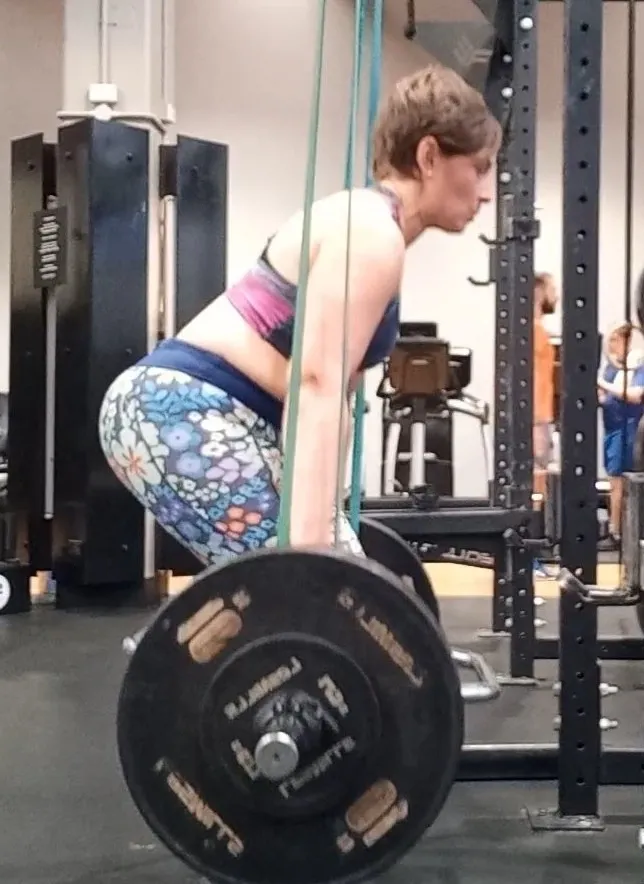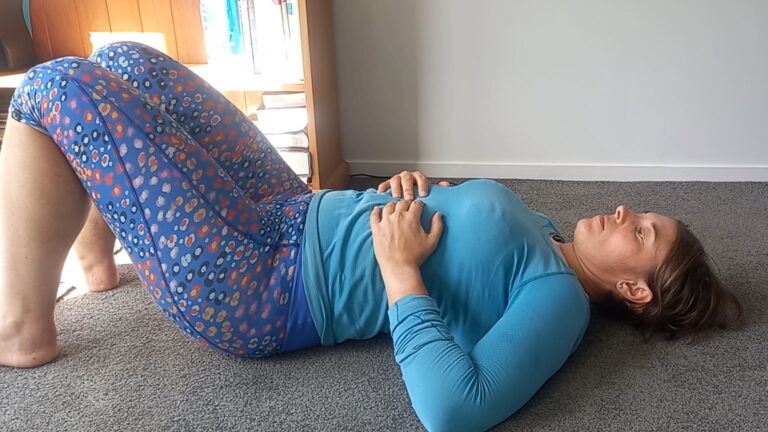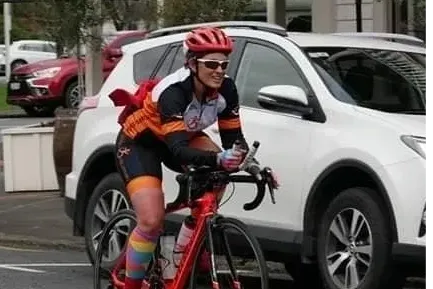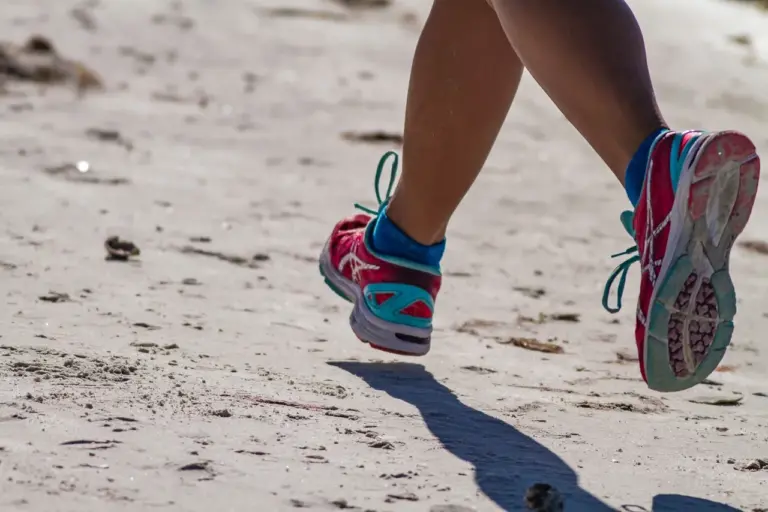This week I’m going to go a little bit technical. Run strength training.
I’m not sure about you but it seems wherever I look there’s a messaging about runners need to do strength training.
Just like with your running goals, we want to tie strength back to the purpose. Keep in mind the goal of strength training for runners should always be to improve injury resistance, develop:
- Motor neural control – lighting up the connection between your brain and muscles/tendons etc making this connection strong (think a light bulb, you want your muscle connection to shine bright)
- Strength through increasing your muscle fibre recruitment – a fancy way of saying get stronger. Within this phase we also want to work on stability.
- Improvements in power development – contract your muscles quickly to generate the most force in a short time
Always keep in the back of your mind running is king if you’re feeling too fatigued following strength training to run effectively you need to adjust how much strength training, you’re doing.
Note: Strength training is there to support and enhance your running not detract from it.
Always start by building a strong movement foundation, you can’t get stronger if your movement isn’t optimal. This foundation needs to be in place before trying to work on speed and power.
I highly recommend seeking a professional to support you to work with your body and be able to create strong motor neural connections.
The best strength approach is to move away from the traditional approach for high reps (12+ reps) low weight to higher weight lower reps (1-6 reps) this higher strength zone is going to equal less overall volume resulting in the heavy weight challenging your nervous system which gives you more muscle fibre recruitment without increased muscle size.
Exercise focus should be on your prime movers (big muscle groups) used the sport of running. This means your lower body quads, hamstrings, glutes, groin. Make sure you include core and posterior chain, but these areas require less focus.
A big focus should be on full body movements e.g. squats, split squats, lunges, deadlifts, hip thrusts. Isolated exercises e.g. calf raises, leg curls are to be done almost as a pre-habitation exercise.
Power training can include exercises like squat jumps, box jumps, broad jumps and pogo jumps. Start with both legs then move towards single leg. I like to start developing single leg jumps with band assistance then move to no assistance single leg.
Lastly strength training is very individual we all have different areas that need to be developed. Get in touch to discuss an online coaching option.








